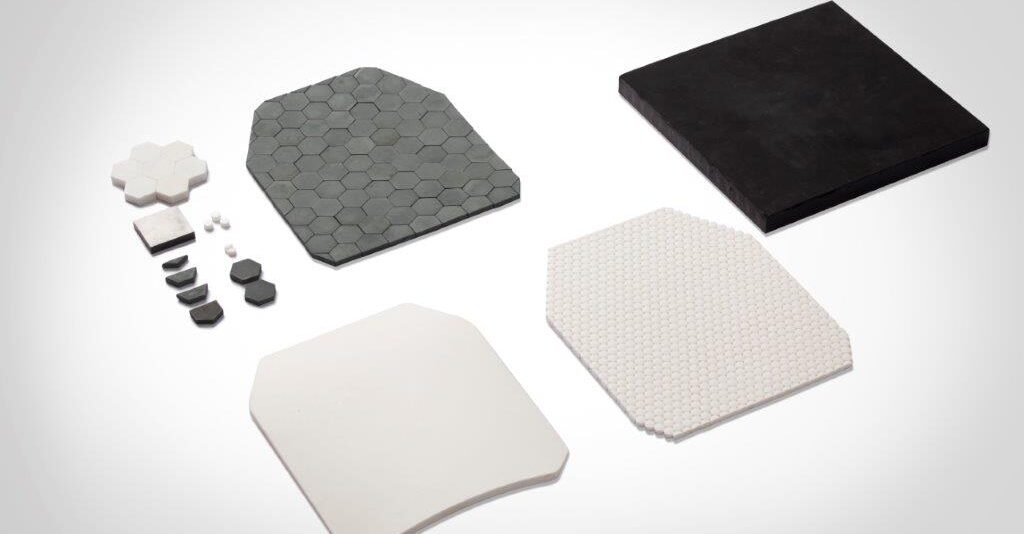Since the advent of ‘Make in India’, advanced materials have taken charge to deliver the best of indigenous innovation for the aerospace and defence sector. Here’s a look at some of the rising stars from the last decade.
In the past, defence and aerospace applications could rely on materials excelling in a single property like hardness or heat resistance. However, since then, advanced materials science has developed many materials with unique properties that far surpass traditional materials. They are lighter and more flexible, yet tougher and more resistant.
It’s no surprise that over the last 10 years, advanced materials have become a critical part of India’s defence and aerospace repertoire. As per an EY report, advanced materials is expected to become a USD 10 billion market by 2028, doubling from USD 5 billion in 2021. Composites are expected to account for the largest market share, with advanced composites becoming more prevalent in aerospace. To illustrate, composite materials account for about 50% by weight in modern aircraft such as the Boeing 787 Dreamliner and the Airbus A350.
Fuelling Innovation Through Indigenisation
Since 2014, India has been pushing to make defence manufacturing more self-reliant and less vulnerable to global volatility, even more so post-pandemic. While Atmanirbhar Bharat marked the beginning of this shift, the first Positive Indigenisation List was imperative for the defence sector to take the first big step towards becoming a self-sufficient ecosystem. Countries like the US, China and South Korea have proven that domestically manufacturing materials for defence capabilities not only streamlines production costs but also secures supply chains.
With a focus on import substitution, investment in materials science R&D to boost innovation has helped develop solutions that have revolutionised operational performance for the Indian Armed Forces. One such example is CUMI’s recent collaboration with DRDO-DMRL to develop indigenous, lightweight, high-performance add-on armour for Indian defence vehicles.
The Council for Scientific and Industrial Research has helped establish facilities for carbon fibre production which has helped India make significant strides in developing this material indigenously a key requisite for the aerospace and defence sector.
Advanced materials offer unique combinations of properties like high strength-to-weight ratios, exceptional durability, and resistance to extreme environments. Here are 4 such materials and their key applications across defence and aerospace:
Advanced Ceramics
Leading OEMs are employing advanced ceramics to engineer frontline defence protection solutions such as bulletproof jackets for army personnel and armour for defence vehicles. Technical ceramics such as Reaction Bonded Silicon Carbide, high-purity alumina, and Zirconia Toughened Alumina are favoured due to their high durability and advanced protection capabilities while maintaining a lightweight profile.
Fully backward integrated companies such as CUMI are involved right from raw material to component production and R&D to ensure premium, globally-benchmarked products.
Applications: Bulletproof vests, helmets, add-on armour for military and combat vehicles.
Thermal Barrier Coatings (TBCs)
Advanced thermal ceramics such as thermal spray powders and TBCs have gained prominence in the aerospace sector. This insulating material is used in the hot sections of aircraft engines to enable critical structural components to effectively resist thermal damage while exposed to high temperatures for prolonged periods.
As aircraft engines get more sophisticated and expensive, TBCs help extend component life, avoiding long and expensive maintenance and overhaul cycles and reducing downtime.
CUMI is among the few manufacturers of Yttria-stabilised Zirconia, the base material for TBCs. This critical material is currently 100% import-dependent.
Applications: Hot sections of aircraft engines, space launch vehicles, rocket nozzles.
Graphene
Renowned for its strength despite being incredibly lightweight and flexible, graphene exhibits an effective combination of many unique properties. It features among the top tier of advanced materials that have the potential to revolutionise aerospace and defence capabilities. As a pioneer in graphene, we are in the process of testing for commercialisation of graphene.
Applications: Aero structures & components, surveillance sensors & radar systems, ballistic protection, batteries.
Composites
Composites offer the best of many worlds, with the advantages of a high strength-to-weight ratio, corrosion resistance, and customisability of design. Composites such as carbon fibre reinforced polymers (CFRP) and glass fibre reinforced polymers (GFRP) can enhance the speed, manoeuvrability, and durability of next-gen defence systems, including stealth.
At CUMI, we are focused on developing graphene-reinforced composites for lighter, stronger aero structures.
Applications: Aero structures, vehicle armour, body armour.
Focusing on fostering innovation through persistent R&D in advanced materials will create a reliable ecosystem for further development. This will help turn India’s defence sector “Aatmanirbhar” in every sense of the word.
At the Dawn of a Self-Reliant Defence Ecosystem
India’s pursuit of self-sufficiency in defence with policies like ‘Make in India’ and ‘Viksit Bharat’ is already presenting evidence. Coupled with a push from the positive indigenisation lists, it has already reduced import dependency for defence equipment from 70% to just 35%. This strategic shift will not only enhance supply chain security but also spur innovation within the Indian defence ecosystem. Government incentives, research grants, and dedicated incubators are expected to foster a vibrant start-up ecosystem in materials science. This, combined with stronger academia-industry collaboration, will drive innovation and translate research into practical applications.
CUMI is orchestrating this transformation by driving research and development, facilitating technology transfer, and fostering industry-academia collaboration. We are also connecting these dots via skill development programmes that prepare a highly talented future-ready workforce to support this sector and further accelerate innovation. With the contribution of many such organisations, India has the potential to position itself as a global leader in defence and aerospace applications.
Ultimately, the goal isn’t just about integrating the most modern technologies in to the sector. It’s about innovations that enable the best possible protection for our soldiers who boldly put their lives on the line every day. By investing in materials science, we can protect those on the frontlines and give our nation the edge it needs to become a global leader in this space.

